How Does Smart Phone Find Remote Wireless Camera?
How Smartphones Find Remote Wireless Cameras: A Comprehensive Guide
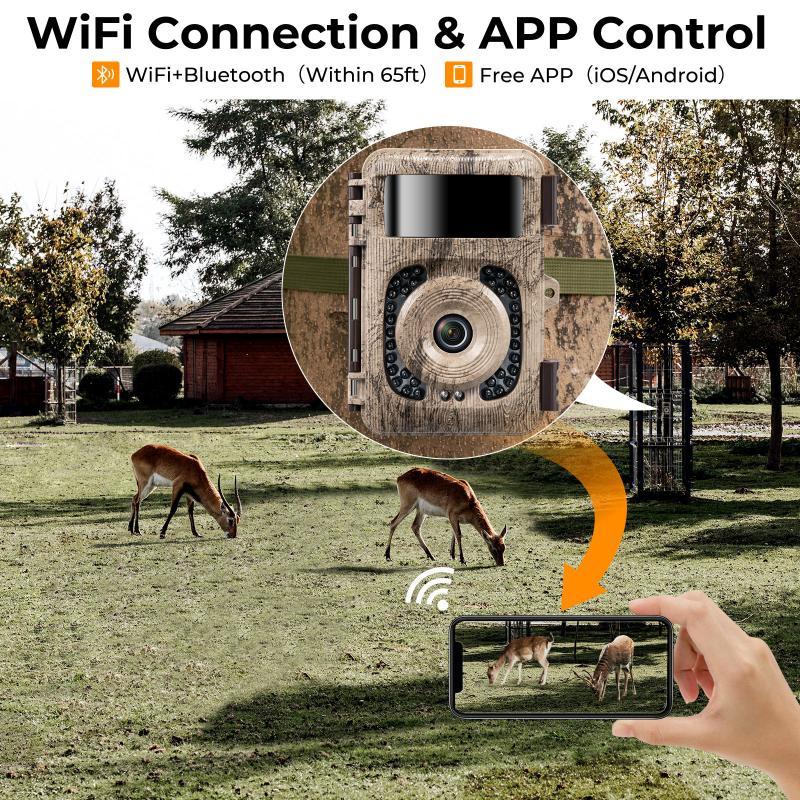
Smartphones have become indispensable tools in the modern world, not just for communication and entertainment but also for a wide range of practical applications. One of the lesser-known yet fascinating functionalities is their ability to detect and connect to remote wireless cameras. Whether you're setting up a home security system, monitoring a baby’s nursery, or simply looking to manage your cameras remotely, smartphones can be powerful tools for discovering and interacting with wireless cameras.
But how exactly do smartphones find remote wireless cameras? This involves a mix of network protocols, wireless communication standards, and some clever software that allows seamless pairing and control. In this article, we'll explore the technology behind it, the steps involved, and what you need to know when setting up your own system.
Understanding the Basics: Wireless Cameras and Their Connectivity
A wireless camera refers to any camera that transmits video and audio signals wirelessly over a network, as opposed to one that requires physical cables for video output. These cameras often rely on technologies such as Wi-Fi, Bluetooth, Zigbee, or cellular data to send information. Here are the common types of wireless cameras you’ll come across:
- Wi-Fi Cameras: These cameras use a standard wireless network (Wi-Fi) to send video and audio data. They often come with features like remote control, live streaming, and the ability to save data to cloud storage or an SD card.
- Bluetooth Cameras: These typically have a shorter range and are suitable for close-proximity connections. They might be used for specific applications, like monitoring a nearby space.
- IP Cameras: These are a type of wireless camera that connects over an Internet Protocol (IP) network, like Wi-Fi, to allow remote monitoring via an app or web interface.
- Zigbee and Z-Wave Cameras: These are part of low-energy, mesh networking technologies used in smart homes. These cameras are typically used in home automation systems and may require a hub to connect with smartphones.
The Process of Discovering Wireless Cameras
Now that we understand the basics of wireless cameras, let's dive into how smartphones find and connect with these devices. The process can be broken down into a few key stages.
1. Network Discovery
The first step is network discovery. When a smartphone tries to find a wireless camera, it essentially performs a search on its available wireless network. The smartphone scans for devices within its range, checking for those that broadcast their presence through various wireless communication methods, such as:
- Wi-Fi Scanning: Most smartphones automatically scan for available Wi-Fi networks. If a camera is connected to the same Wi-Fi network, the smartphone can discover it using the camera's unique network identifier (SSID or MAC address).
- Bluetooth Pairing: For Bluetooth-enabled cameras, the smartphone will search for nearby devices using Bluetooth's discovery process. This is often initiated by opening a relevant app or by enabling Bluetooth on the phone and scanning for devices.
- IP Address Detection: IP cameras on a Wi-Fi network can also be detected by the smartphone when the device scans the local network. The camera may have a specific IP address, and once discovered, the smartphone can connect to it via an app or browser interface.
2. Device Identification
Once the smartphone identifies potential wireless cameras in its vicinity, it must distinguish between multiple devices, ensuring it connects to the correct camera. To achieve this, the camera will often broadcast metadata that helps the smartphone determine its identity.
- Wi-Fi Cameras: Wi-Fi cameras may announce their presence through a device name or a special broadcast message, such as "ONVIF" (Open Network Video Interface Forum). This allows the smartphone to identify the camera and pair it with the appropriate mobile app.
- Bluetooth Cameras: Bluetooth cameras typically broadcast a unique name or identifier to distinguish themselves from other Bluetooth devices. This is why pairing with a Bluetooth camera typically involves confirming the camera’s name or model number on the smartphone’s screen.
- IP Cameras: These cameras are usually assigned a default IP address, which can be used to identify and connect with the camera. A smartphone connected to the same Wi-Fi network can ping the IP address to discover the camera.
3. Authentication and Connection
Once a smartphone finds the camera and identifies it, the next step involves authenticating and establishing a secure connection. This is crucial to ensure that unauthorized users do not access the camera feed.
- Wi-Fi Cameras: Most modern cameras require you to input a username and password before allowing a connection. This ensures that only authorized users can view the footage. Additionally, many cameras use encryption (like WPA2) to secure the wireless connection between the camera and the smartphone.
- Bluetooth Cameras: Bluetooth cameras usually require a simple pairing process, which involves the user entering a code or confirming a prompt on both the smartphone and the camera to establish a secure connection.
- IP Cameras: These cameras usually come with an embedded web server or mobile app interface that requires authentication before streaming the video feed. The smartphone app will prompt for login credentials to ensure a secure connection.
4. Accessing and Streaming the Camera Feed
After the smartphone successfully connects to the wireless camera, it can access the live feed. The smartphone communicates with the camera to request real-time data, which is then streamed directly to the phone through the relevant communication protocol, such as Wi-Fi or cellular data.
- Wi-Fi Streaming: Once connected, Wi-Fi cameras typically stream video through standard network protocols, often utilizing RTSP (Real-Time Streaming Protocol) or HTTP. Smartphones may use apps like “VLC Player” or specific camera apps to decode and display the video.
- Bluetooth Streaming: Bluetooth has limitations in terms of data transfer speed and range, so Bluetooth cameras are not ideal for high-definition streaming. However, in short-range applications, such as monitoring a small area or room, they can stream footage directly to the phone for a lower resolution video.
- IP Camera Streaming: IP cameras often use high-quality protocols like RTSP, HLS (HTTP Live Streaming), or proprietary methods that allow the phone to stream high-definition video from the camera.
Challenges and Considerations in Detecting and Connecting to Wireless Cameras
While the process of finding and connecting to a remote wireless camera seems straightforward, there are several challenges that users might face in practice. Understanding these potential roadblocks is key to troubleshooting and optimizing the experience.
1. Interference and Signal Strength
Wireless cameras rely on radio signals, so physical obstructions like walls, interference from other electronic devices, or distance from the router can affect the performance of the connection. Wi-Fi cameras, for instance, can suffer from weak signals if the router is too far away from the camera, leading to lag or dropped connections.
2. Compatibility Issues
Not all wireless cameras use the same communication protocols or standards. Some might use proprietary protocols, while others adhere to more universal standards like ONVIF or RTSP. Ensuring that both the camera and smartphone are compatible with the same communication standards is critical.
3. Security Risks
While wireless cameras offer convenience, they also present security risks. Hackers can potentially exploit weak passwords, unencrypted communication, or outdated software to gain unauthorized access. Always ensure that the camera's firmware is up-to-date, enable two-factor authentication when possible, and use strong, unique passwords for both the camera and the app used to control it.
4. Software and App Limitations
The mobile apps used to control and monitor wireless cameras may have limitations. Some apps may not support certain camera features, such as motion detection or high-definition video, depending on the model and software version. It's important to check compatibility before purchasing a camera or app.
Conclusion: Simplifying Remote Wireless Camera Setup with Smartphones
In today’s world, smartphones serve as a hub for managing various devices, including remote wireless cameras. The process of detecting and connecting to these cameras involves a blend of network scanning, device identification, authentication, and video streaming. While the underlying technology can vary depending on the camera type, the basic principles are the same: the smartphone searches for nearby cameras, connects to them securely, and streams video data in real-time.
However, as with any technology, there are challenges, such as signal interference, compatibility issues, and security risks. By understanding these issues and following best practices for setup, you can ensure a smooth experience when using smartphones to manage remote wireless cameras. Whether for home security, personal monitoring, or even business surveillance, the ability to easily connect to and manage remote cameras adds a level of convenience and flexibility that makes modern life just a bit simpler.



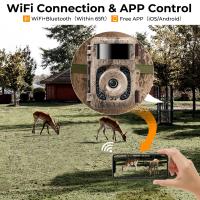

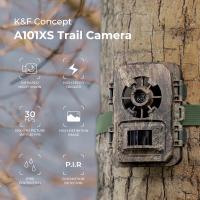
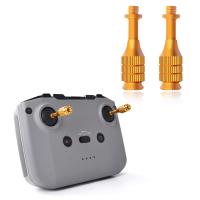
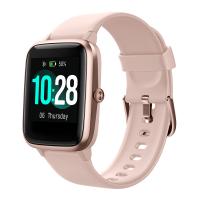
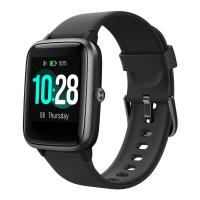

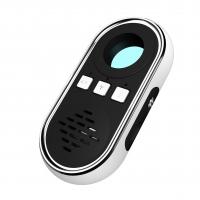
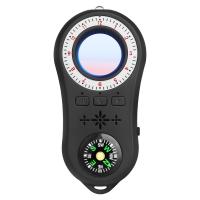
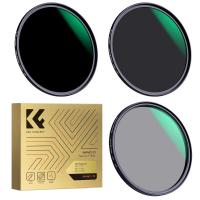





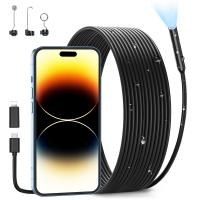

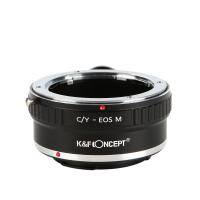

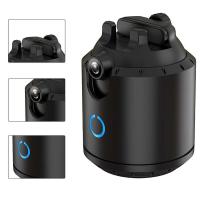





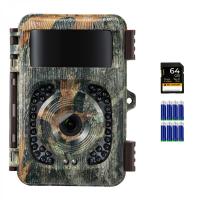

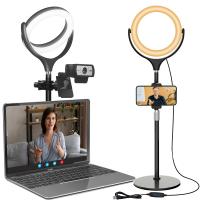
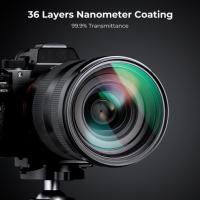
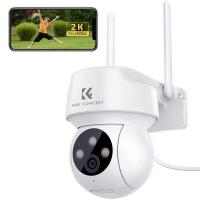




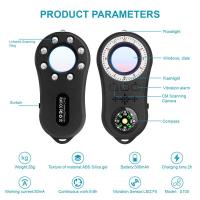


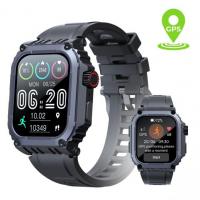
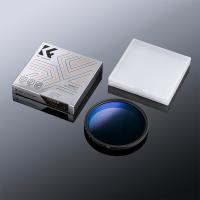
There are no comments for this blog.